



1953 – First summit of Mera Central by Col. Jimmy Roberts and Sen Tenzing
1975 – First summit of Mera North by French climbers Marcel Jolly, G. Baus and L. Honills
2017 – Hari Budha Magar summited Mera Peak, in doing so he became the first ever double above-knee amputee to climb a mountain over 6,000m in altitude.
2012 – Expedition Himalaya’s first comnmercial success on Mera Peak.
Mera Peak is a popular trekking peak in Nepal that stands at 6470 meters and is the tallest peak in the world. It is officially the highest trekking mountain authorized by the government. Mera Peak stands at the south of Mount Everest and dominates the deserted valleys of Hongu and Hinku. The mountain has three summits: North (6,476 m), Central (6,470 m), and South (6,061 m). However, the government recognized the central peak as the permitted one. The climb to Mera Peak provides stunning views of five 8000-meter summits: Everest 8848 m, Kanchenjunga 8586m, Lhotse 8516 m, Makalu 8485m, and Cho Oyu 8201m, and numerous other peaks in the Everest region. Climbing Mera Peak in Nepal is regarded as a moderately adventurous, rather, incredibly rewarding experience in climbing. This climbing provides an excellent experience of intermediate peak climbing, making it accessible to travelers worldwide.
The mountain was first climbed by Jimmy Roberts and Sen Tenzing in 1953, as part of Everest expedition. The route to the mountain includes passes – Zatra Pass and Mera La. The routes get gentler and less steep as you reach Mera Peak. Despite the elevation, the trek from Kote to Khare is actually pretty simple and pleasant. Going up the river valley to Kote with these majestic peaks all around you is an experience beyond description. An expedition to mera pesak prepares you perfectly for your next 7000er or even an 8000er.
Mera, at 6,470 meters (21,246 feet), is one of the most popular 6000ers compared to other 6000ers in Nepal, crevassed glaciers and gentle climb makes it a bit easier; altitude makes it difficult compared to other smaller peaks. The North Face is the most popular route up Mera. The journey begins in Lukla and proceeds down the Barun Valley path. It takes about 6-10 days of trekking through several Sherpa communities to reach the Mera base camp.
The climb takes about 2-3 days to complete, and there is 1 high camp along the route. Camps are located at relatively higher elevations; Base Camp at 5,200 m (17,060 ft) and High Camp at 5800 m (19,029 ft) . The final push to the peak begins from High Camp.
Mera is an easy trekking peak to scale due to its gentle slopes and few crevasses en route. On the North Face route, you’ll face a gentle slope climbing through which feels like a high altitude trek rather than a demanding climb and then a final push to the peak will involve from High Camp where climbers set off at approx, 3 AM with a warm breakfast. The real reward of the climb comes after the glorious sunlight when mighty Kanchanjunga rises to the East and Makalu head on. The tough push of the dark gets new warmth with the sunlight thus adding a new vigor. At approx. mid morning (9-11 AM) we shall reach the summit enjoying the fullest view of five 8000ers.
















































Preparing for a challenging expedition requires assembling a comprehensive array of essential gear, encompassing a durable backpack, weather-resistant tent, cozy sleeping bag with an insulated sleeping pad, and a reliable stove for cooking sustenance on the go; navigation tools like a map, compass, and GPS device ensure a safe journey, while a well-stocked first aid kit, emergency shelter, and multi-tool provide security in unforeseen circumstances; carefully chosen clothing layers, including waterproof rain jackets, trekking socks, and sturdy hiking boots, offer protection from the elements, complemented by trekking poles, a backpack rain cover, and dry bags for added resilience against inclement weather.
CLICK THE PICTURE FOR MORE INFORMATION

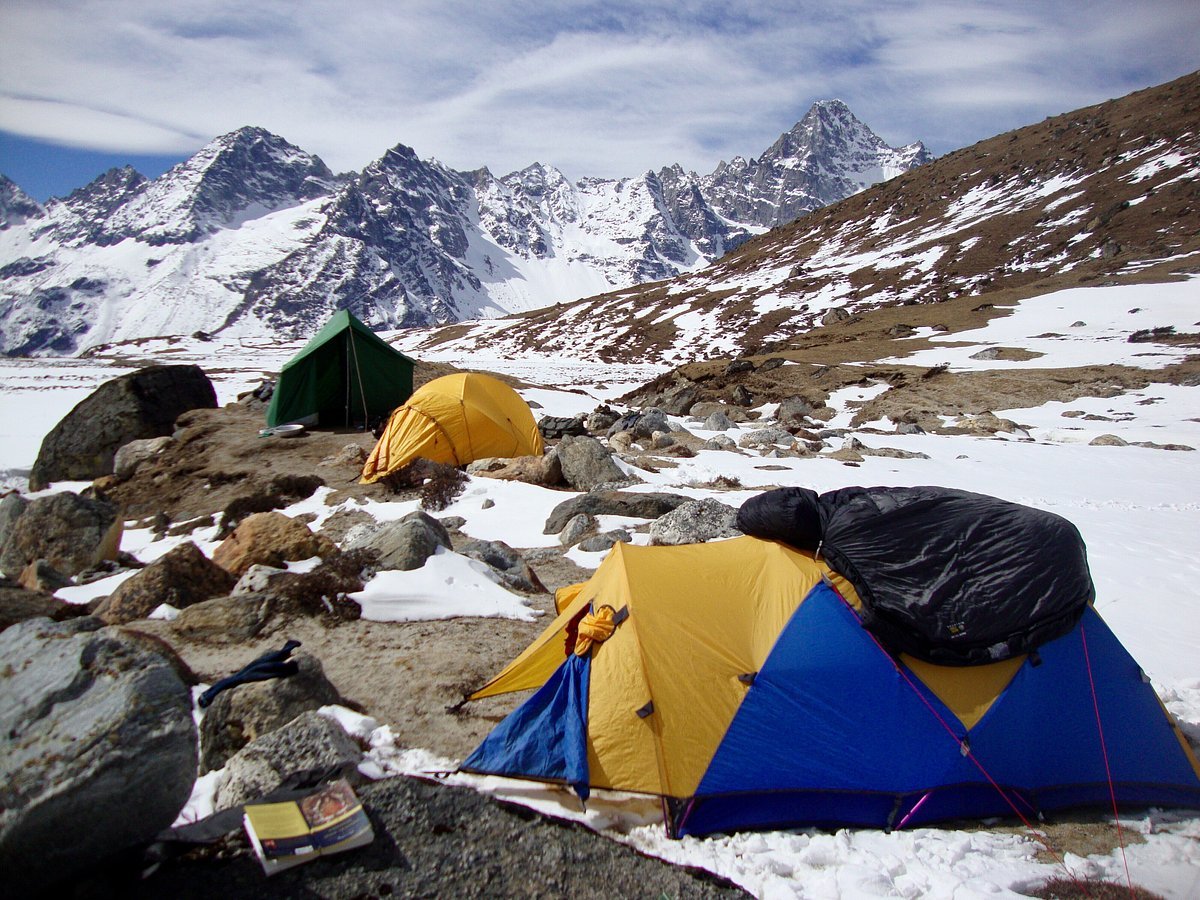
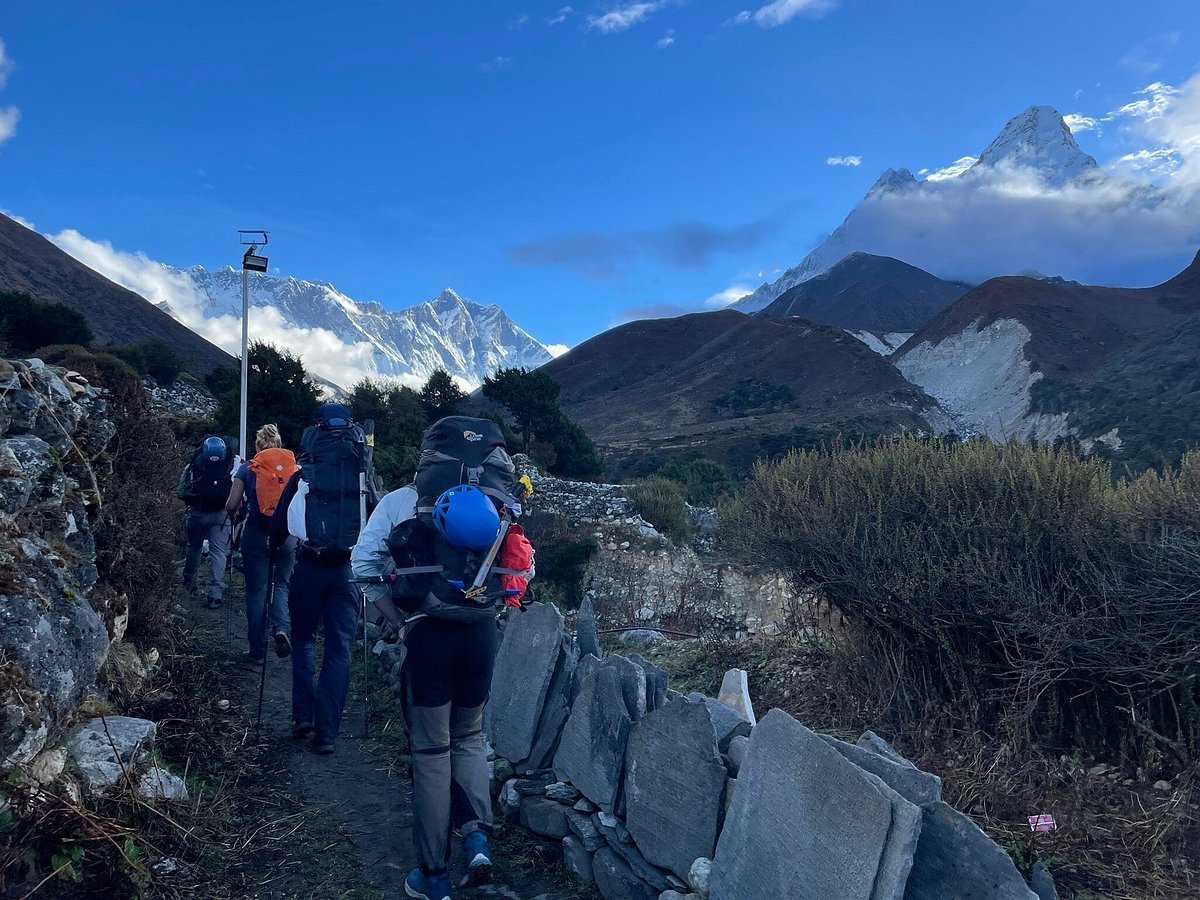
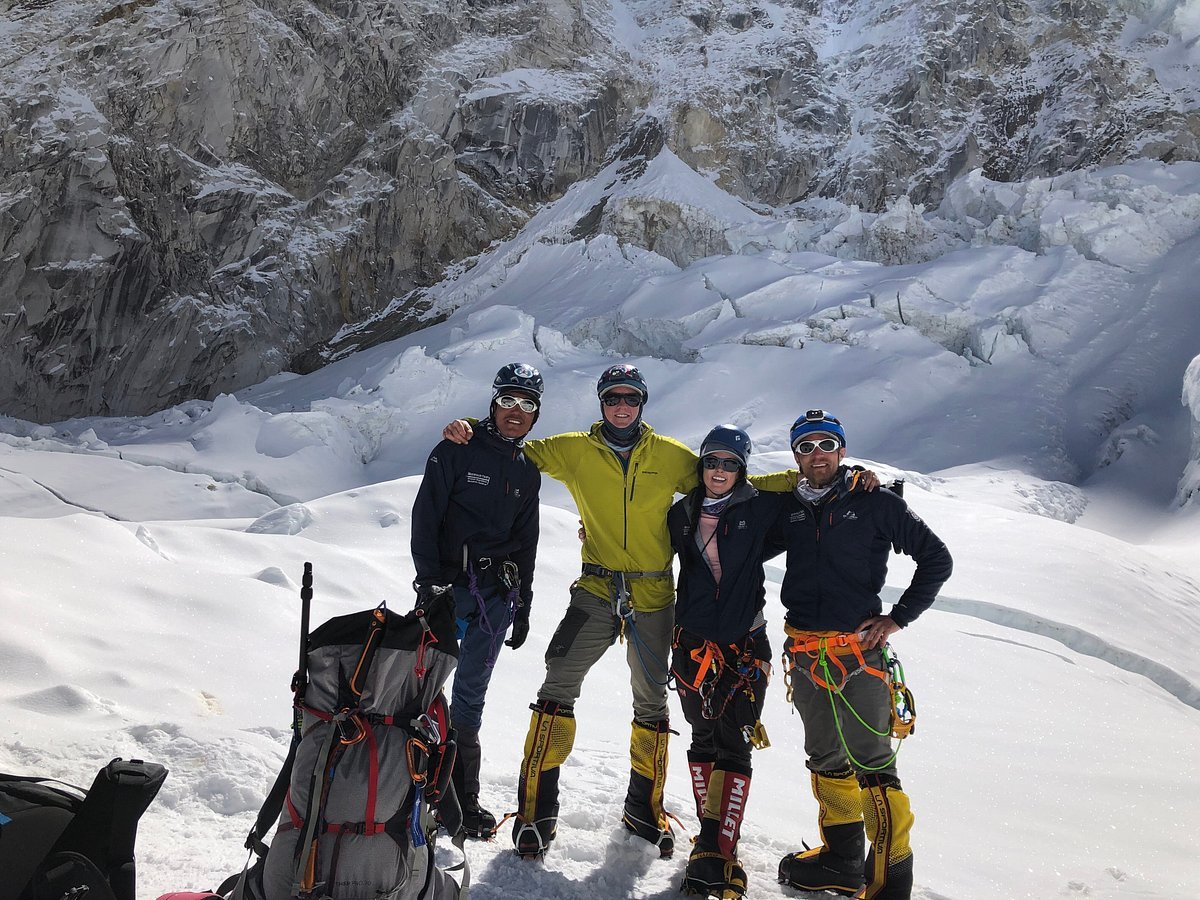
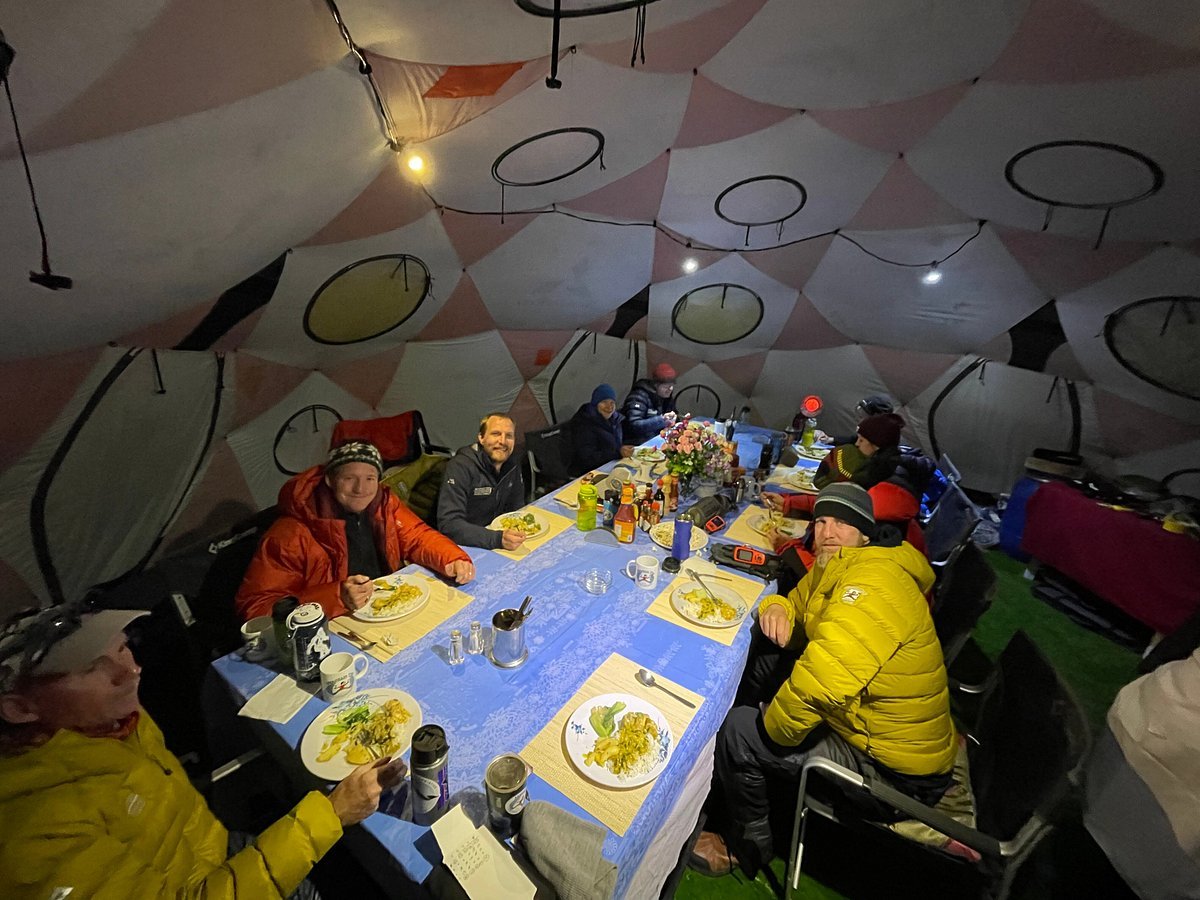

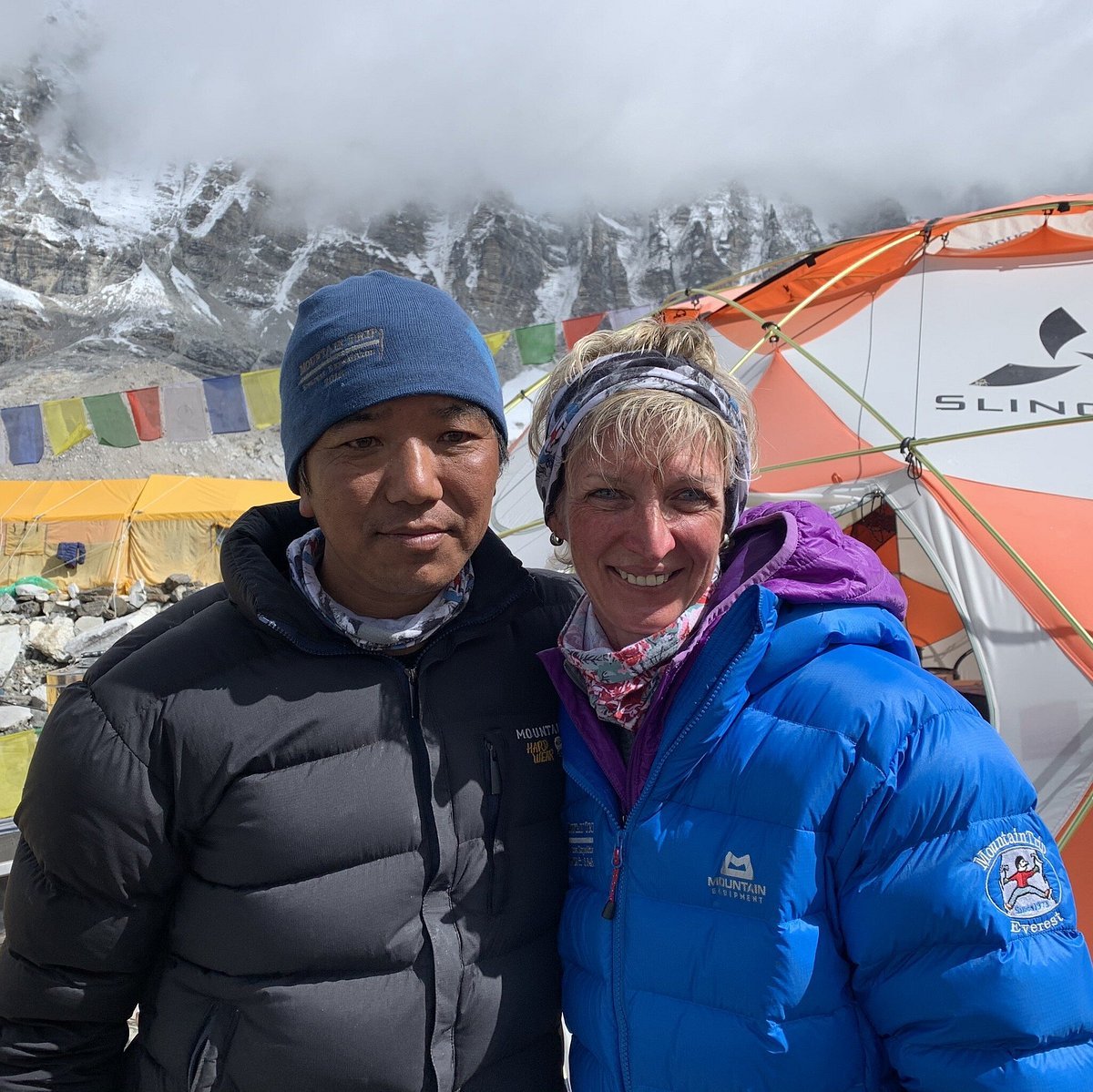

Peak fitness is essential. Train with hikes, carrying gear. Personal Sherpas are optional; porters handle group equipment. Individualized advice for mental and physical preparation is available.

Pre-expedition medical examination is recommended. Dental checks are crucial due to pressure changes at higher altitudes.

Prior high-altitude and mountaineering experience is required for eight-thousander expeditions. Training programs for newcomers are offered. For seven-and six-thousander expeditions, experience on four-thousander peaks is advisable.

Months of physical and mental preparation are necessary. Exercise, diet, and rest are key. Free world-class training programs for Everest climbers are available, along with exclusive discounts.

Months of training are required for fitness and technical climbing experience. Climbing lower peaks familiarizes climbers with equipment and terrain. Expedition training programs are offered in Europe and the US.

Climb lower peaks for altitude adaptation. Tailor-made programs prepare climbers for 8000er expeditions.

Expedition Himalaya, a veteran of Mount Everest and Himalayan expeditions, are poised to make climbing the Himalayan range a safe and unforgettable experience.
© 2024 Developed by Digital Raghu.